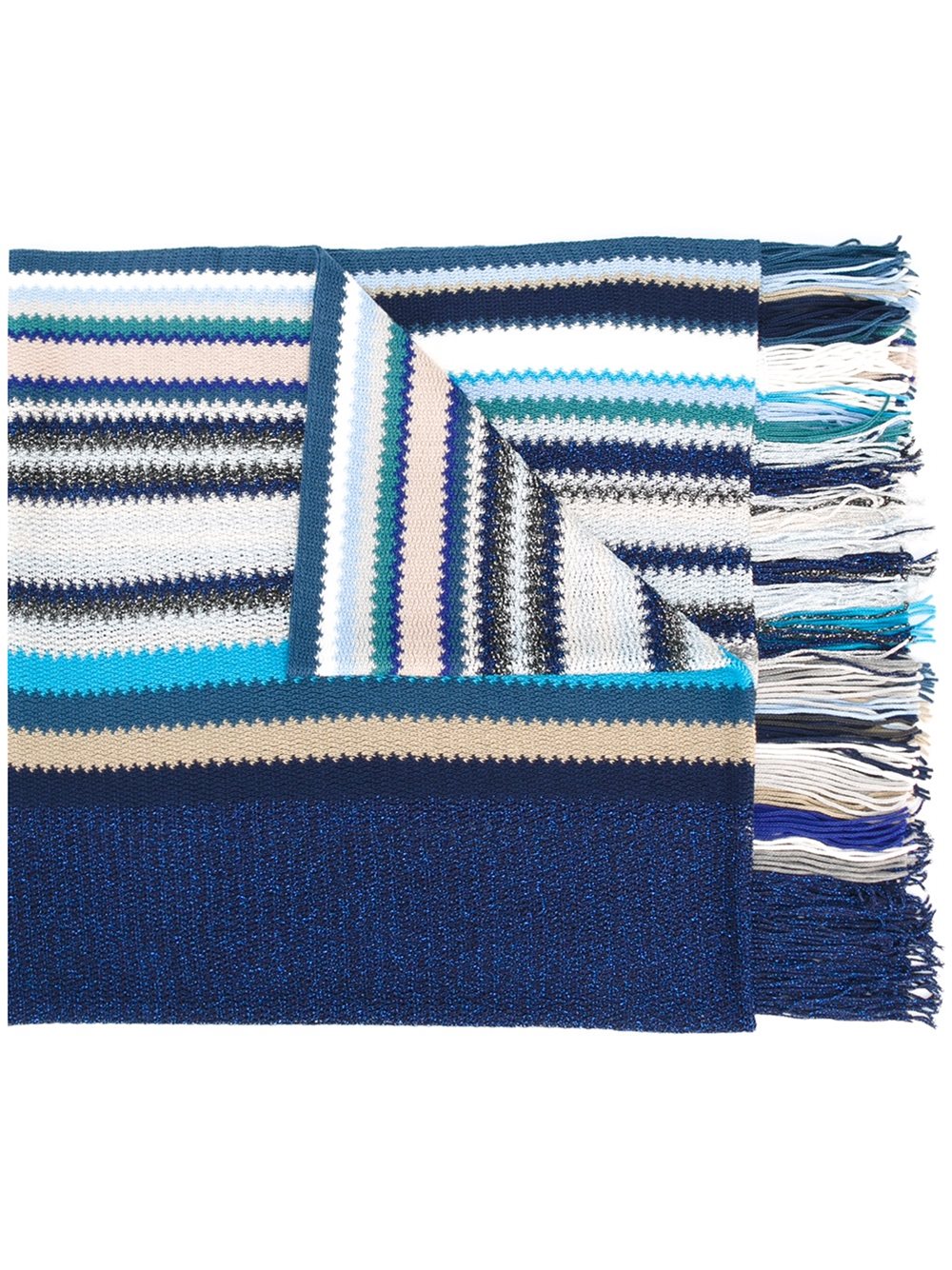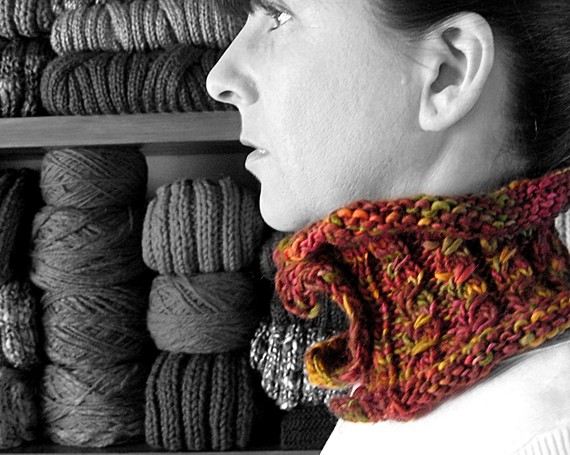How to Use a Scarf Knitting Machine
When it comes to crafting a warm and stylish scarf, many turn to the traditional method of hand-knitting. However, for those looking for a quick and efficient alternative, there is now the option of using a scarf knitting machine, commonly referred to as a "knitting machine" or "knitting loom." These tools not only help to save time but also ensure consistency in the finished product. Here's a step-by-step guide on how to use a scarf knitting machine:
1. Understanding the Basic Components

Before you begin, it's essential to familiarize yourself with the different parts of the scarf knitting machine. This includes the:
Knitting Loom: the base structure onto which you will attach the yarn and begin knitting.
Hooks and Pins: these are used to create the loops of yarn that will eventually become your scarf.
Yarn Guide: this ensures that the yarn is fed through the loom uniformly.
Tension Dial: this regulates the tightness of the yarn loops, ensuring a consistent gauge.
2. Setting Up the Machine
Select Your Yarn: Choose a yarn that is suitable for your project. Consideration should be given to the material's thickness, texture, and color.
Winding the Yarn: Start by threading the yarn through the yarn guide, ensuring it is securely fixed.
Adjusting the Machine: Set the machine according to the desired scarf width. Adjust the tension dial to achieve the desired loop tightness.
3. The Knitting Process
Casting On: This is the initial process of creating the first row of loops. Using the hook or pin, draw a loop through one of the machine's pins. Then, take the yarn and draw it over and under specific hooks, creating a pattern of loops.

Knitting Rows: Once the initial row is established, continue to create rows by drawing yarn over and under existing loops, following the desired pattern. Ensure that each row is consistent in width and texture.
Casting Off: Once you have completed all the rows, cast off by drawing yarn through the remaining loops in a controlled manner, securing the end of the scarf.
4. Finalizing Your Scarf
Trimming and Cutting: Once the scarf is complete, use scissors to trim any uneven edges or loose ends. Then, cut the yarn at the desired length, leaving enough to weave in the ends.
Weaving in Ends: Take the cut end of the yarn and weave it into the base of the scarf, ensuring it is secure and doesn't show on the front side.
Blocking and Shaping: If desired, use blocking wires or shaping tools to form the scarf into a specific shape or size. This step is especially important for achieving precise dimensions or specific shapes like infinity scarves.
5. Caring for Your Machine
After each use, it's essential to clean and maintain your scarf knitting machine to ensure its longevity and maintain productivity. Remove any remaining yarn or debris, and wipe down the machine with a damp cloth. Store it in a cool, dry place when not in use.
In Conclusion
Using a scarf knitting machine can greatly simplify the process of creating a beautiful scarf while offering consistency and efficiency. By following these steps, you can ensure that your scarf knitting journey is both enjoyable and productive. From time to time, experiment with different patterns, techniques, and materials to fully explore the possibilities of this wonderful craft tool.
Articles related to the knowledge points of this article:
The Beauty of Women in Winter Coats
Title: The Quality of Down Jackets
Title: Mastering the Art of Korean Necktie Tying: A Comprehensive Guide
Title: The Timeless Beauty of Printed Scarves: An Ode to the Art of Textile Design



